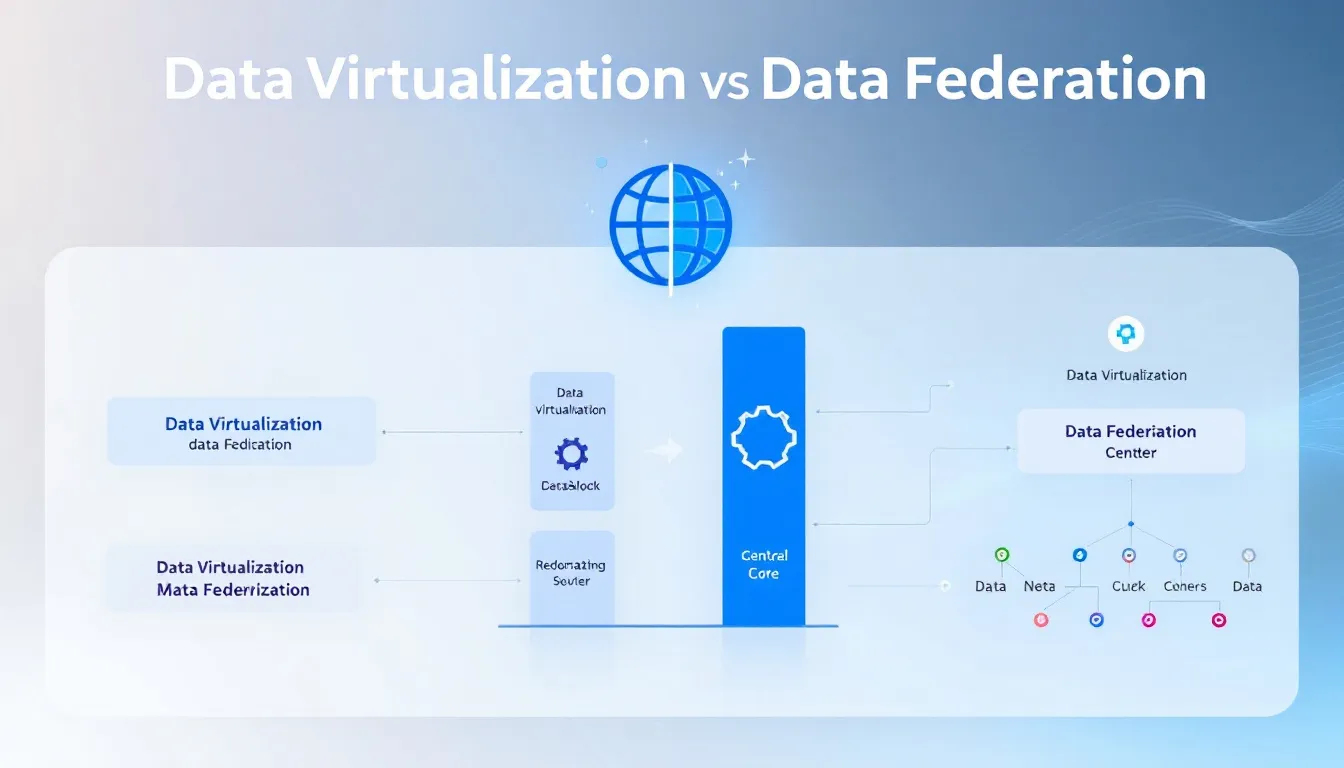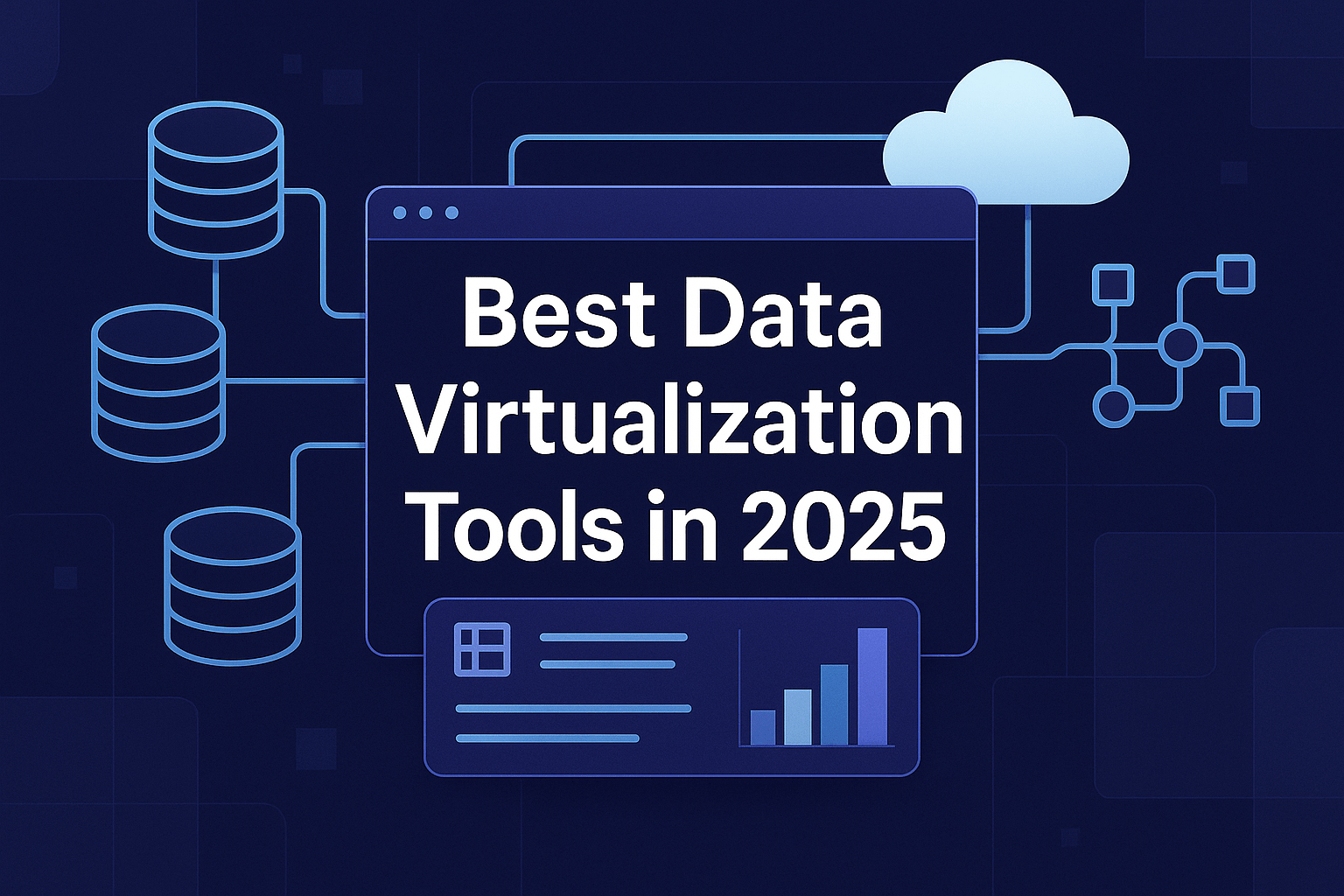What is Database Virtualization? An Essential Overview for Beginners
Introduction to Database Virtualization
Database virtualization is the new way of managing data. It creates a virtual layer between users and physical databases. This virtual layer allows teams to access and interact with data from multiple sources as if it was in one system – without data duplication or complex integrations.
Instead of having separate physical databases, organizations can create multiple virtual databases on one infrastructure. Each virtual database can have its own schema, permissions and datasets – more flexibility, scalability and control.
This technology allows for rapid creation of virtual environments for development, testing and analytics – streamlining workflows and speeding up delivery times. By breaking down data silos and providing real-time access to information, database virtualization helps organizations simplify, be more agile and make better data driven decisions.
Benefits of Database Virtualization
Adopting database virtualization offers significant advantages in efficiency, cost, and security.
1. Cost Savings
-
Reduces infrastructure expenses by allowing multiple virtual databases to run on a single physical database.
-
Minimizes storage needs by eliminating the duplication of data across environments.
2. Simplified Data Management
-
Centralizes data access through a virtual layer, lowering the complexity of working across siloed systems.
-
Streamlines testing and development by enabling rapid creation of data environments.
3. Improved Data Security and Compliance
-
Supports data masking, ensuring that sensitive data is obfuscated in non-production environments.
-
Applies access controls and encryption to restrict unauthorized access and protect data in motion and at rest.
4. Enhanced Agility
-
Speeds up application development and testing by removing data access constraints.
-
Facilitates real-time analytics and decision-making through up-to-date, unified data views.
By virtualizing your database, you can modernize your data infrastructure, reduce operational risk and support faster innovation—all while maintaining control of data security and compliance.
Data Integration and Access
Data integration is at the heart of database virtualization. It allows you to connect disparate systems and unify your data.
How Database Virtualization Enhances Integration:
-
Single Access Point
One interface to access multiple databases no more cross system queries. -
Cross-Source Compatibility
Integrate data from different platforms—on-premise or cloud, relational or non-relational. -
Virtual Database Provisioning
Create replicated, virtualized copies of data for testing, development and analytics—without impacting production. -
Faster Test Data Refresh
Reduce data refresh cycles by on-demand provisioning of up-to-date test environments.
Storage Costs and Optimization
Database virtualization significantly reduces storage waste while enhancing access efficiency.
Key Storage Optimization Benefits:
-
Reduced Data Duplication
Eliminates the need for multiple physical copies of data, minimizing storage use and hardware overhead. -
Space-Efficient Environments
Enables lightweight virtual environments that take up a fraction of the space compared to full database clones. -
Compression and Encryption
Incorporates data compression techniques and encryption, which not only cut storage requirements but also enhance data protection. -
Lower Infrastructure Costs
Streamlined storage translates directly into reduced IT spend and simplified data management.
Data Masking and Security
Data security is a key function of modern database virtualization—sensitive data is protected across all environments.
Built-In Security Features:
-
Data Masking
Automatically replaces sensitive data elements with realistic but fictional data, ensuring compliance in non-production environments. -
Access Control
Enforces granular permissions to control who can view or manipulate specific datasets. -
End-to-End Encryption
Protects data at rest and in transit with strong encryption standards, minimizing breach risks. -
Regulatory Compliance Support
Helps meet requirements for GDPR, HIPAA, and other standards by safeguarding personal and confidential information.
Conclusion
Database virtualization is changing how we manage, access and secure our data. By creating a layer on top of disparate data sources it eliminates silos, accelerates development cycles and simplifies integration – without sacrificing performance or security.
From reducing storage costs and provisioning test environments on demand to data masking and regulatory compliance, the benefits of database virtualization are both strategic and operational. It lets teams work faster, smarter and with more control over their data landscape.
As data environments get more complex, database virtualization isn’t just a technical upgrade – it’s a foundation for a more agile, cost effective and secure data infrastructure.
Share this
You May Also Like
These Related Stories

Data Virtualization vs Data Federation

Data Virtualization vs Data Lake: Making the Right Choice for Your Business


No Comments Yet
Let us know what you think